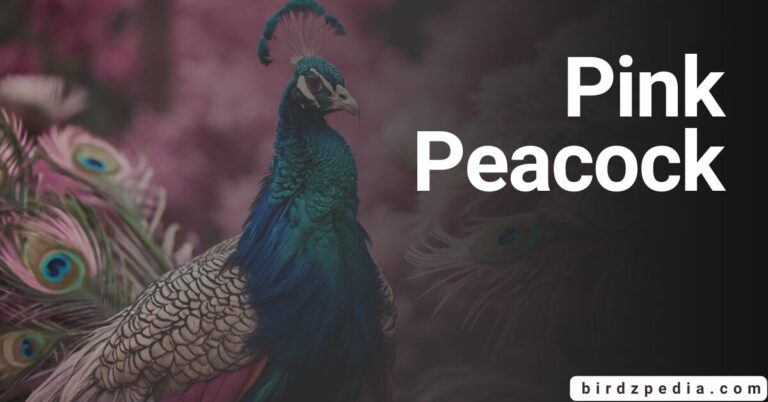Southern Ground Hornbill [Bucorvus leadbeateri]: Complete Guide
Scientific Classification
| Kingdom | Phylum | Subphylum | Class | Order | Family | Genus | Species |
|---|---|---|---|---|---|---|---|
| Animalia | Chordata | Vertebrata | Aves | Bucerotiformes | Bucorvidae | Bucorvus | B. leadbeateri |
Southern ground hornbill
Another member of the ground hornbill genus, Bucorvus, which also includes the Southern ground hornbill (Bucorvus leadbeateri; formerly known as Bucorvus cafer), is the Abyssinian ground hornbill (Bucorvus abyssinicus). All ground hornbills are members
of these two species, which are found only in Africa. The largest species in the entire hornbill order globally is the Southern ground hornbill, among them. Its habitat extends from Kenya to South Africa in the southern parts of the African continent.
they can adapt to a variety of habitats in these locations, and they can be found in savannas and forests. Conversely, the Abyssinian ground hornbill is a prominent relative in the Bucorvus genus.
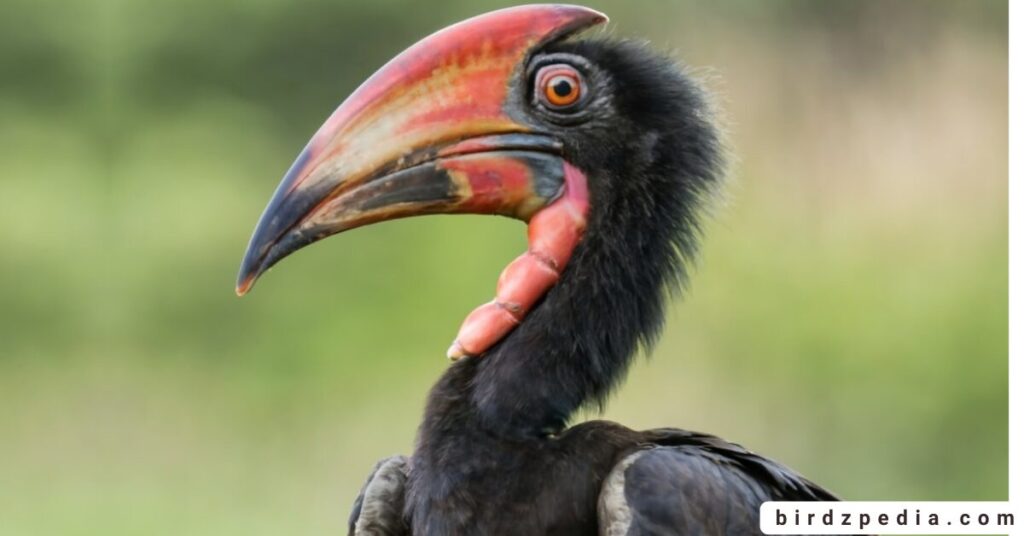
Summary
1. Diet and Hunting:
- Carnivorous; it hunts mostly on the ground.
- Small animals and insects are among the foods consumed.
2. Nesting Habits:
- Construct nests in shallow areas such as cliff face rock crevices or high tree cavities.
3. Lifespan and Reproduction:
- Age of sexual maturity is 4–6 years, while lifespan is 50–60 years.
- Breeding usually starts around age ten.
4. Sexual Dimorphism:
- A bright crimson throat is used to identify male ground hornbills.
- The neck of female ground hornbills is a rich violet-blue color.
5. Cultural Significance:
- significant to southern African culture.
- Listed as one of the ‘Big Six’ bird species of Kruger National Park.
6. Population and Conservation:
- Population decline brought on by cultural beliefs, habitat damage, and persecution.
- IUCN (2018) categorized as “Vulnerable” worldwide.
- “Endangered” status in Namibia, Eswatini, Lesotho, and South Africa.
Description
| Characteristic | Measurement/Description |
|---|---|
| Length | 90 to 129 cm (2 ft 11 in to 4 ft 3 in) |
| Weight (Females) | 2.2 to 4.6 kg (4.9 to 10.1 lb) |
| Weight (Males) | 3.5 to 6.2 kg (7.7 to 13.7 lb) |
| Average Weight (Females) | 3.34 kg (7.4 lb) |
| Average Weight (Males) | 4.2 kg (9.3 lb) |
| Wingspan | 1.2 to 1.8 m (3 ft 11 in to 5 ft 11 in) |
| Wing Chord | 49.5 to 61.8 cm (19.5 to 24.3 in) |
| Tail | 29 to 36 cm (11 to 14 in) |
| Tarsus | 13 to 15.5 cm (5.1 to 6.1 in) |
| Culmen | 16.8 to 22.1 cm (6.6 to 8.7 in) |
| Abyssinian Ground Hornbill Length | 110 cm (43 in) |
| Southern Ground Hornbill Length | 102 cm (40 in) |
| Coloration | Black with vivid red patches on face and throat (yellow in juveniles), white-tipped wings in flight |
| Beak | Black, slightly curved, with a more developed casque in males |
| Female Characteristics | Smaller size, violet-blue skin on throat |
| Juveniles (Up to Six Years Old) | Lack prominent red pouch, have a duller patch of grey in its place |
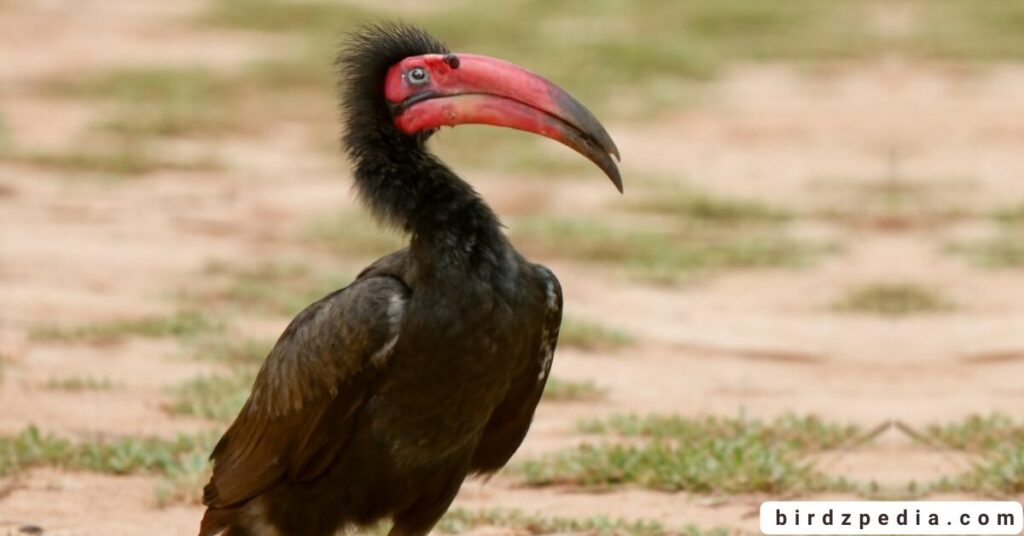
Distribution
The species is found in Angola, Botswana, the Democratic Republic of the Congo, Kenya, Malawi, Mozambique, Namibia, South Africa, Swaziland, Tanzania, and Zimbabwe, albeit at relatively low populations within suitable habitats.
The Kruger National Park (KNP) in South Africa acts as a buffer for the populace. Ground-Hornbills in the South are regarded as permanent residents, with each group claiming territory ranging from 100 to 250 km2. The habitat’s quality determines how big the area is.
Habitat
Across their distribution region, they are typically found in environments such as grasslands, savannahs, and woodlands. Large forests and dry semi-deserts are devoid of the species.
Breeding and life cycle
1. Breeding Characteristics:
- Bucorvus leadbeateri are obligate cooperative breeders, relying on assistance from at least two other birds for each breeding pair.
- Experiments in captivity reveal that birds without six years of experience as helpers struggle to breed successfully, emphasizing the crucial role of juvenile assistance for adult breeding.
2. Lifespan and Reproduction Cycle:
- In captivity, a recorded maximum lifespan of 70 years is noted, with a life expectancy of around thirty years or more for birds that successfully fledge.
- Ground hornbills are believed to reach maturity at six to seven years, but few breed at this age.
- Nests, typically deep hollows in very old trees, occasionally on rock faces, host one to three eggs laid at the beginning of the wet season.
- Siblicide ensures that only one nestling is fledged.
- After a 40 to 45-day incubation and an 85-day fledging period, the young remain dependent for one to two years, longer than any other bird, leading to triennial breeding cycles due to this extended dependency period.
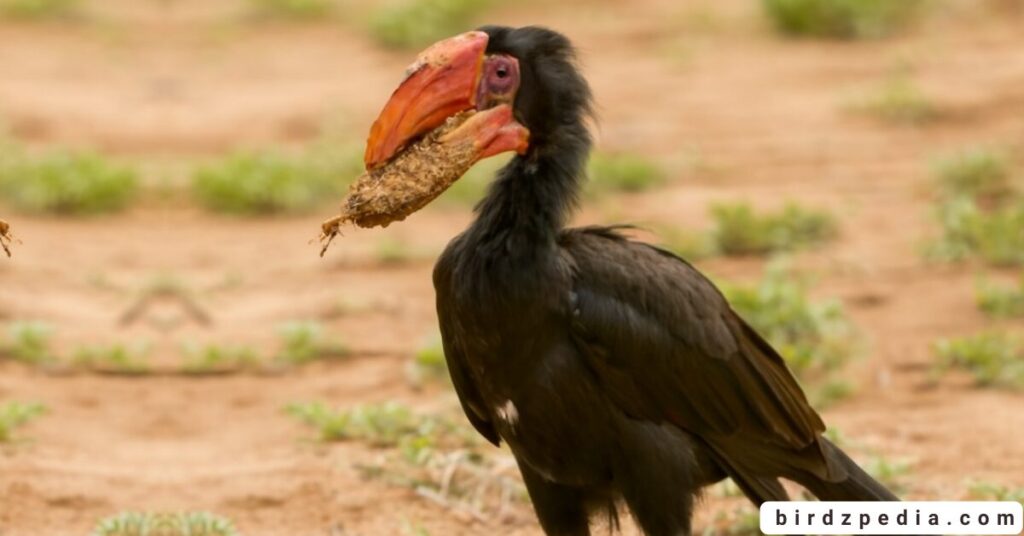
Species in same Genus
| Genus | Species |
|---|---|
| Bucorvus | Southern Ground Hornbill (Bucorvus leadbeateri) |
| Bucorvus | Abyssinian Ground Hornbill (Bucorvus abyssinicus) |
Friends and Foes
They are a long-lived, harmless bird. The majority of the threats to the species are caused by humans, and these include poisoning, habitat loss from logging that takes down giant trees, electrocution, and, in some areas of its range, hunting for traditional medicinal purposes.
Southern Ground-Hornbills are typically targeted because of their sporadic window-breaking behavior. The bird should not be harmed because it is considered the carrier of death in certain countries within its zone of distribution. Because it has historically been employed
to ward against lightning spells, it is frequently referred to as the thunder bird. During the dry spell, the bird is also thought to bring rain. Martial eagles, leopards, and crocodiles are examples of predators. Snakes and genets have been known to steal chicks.
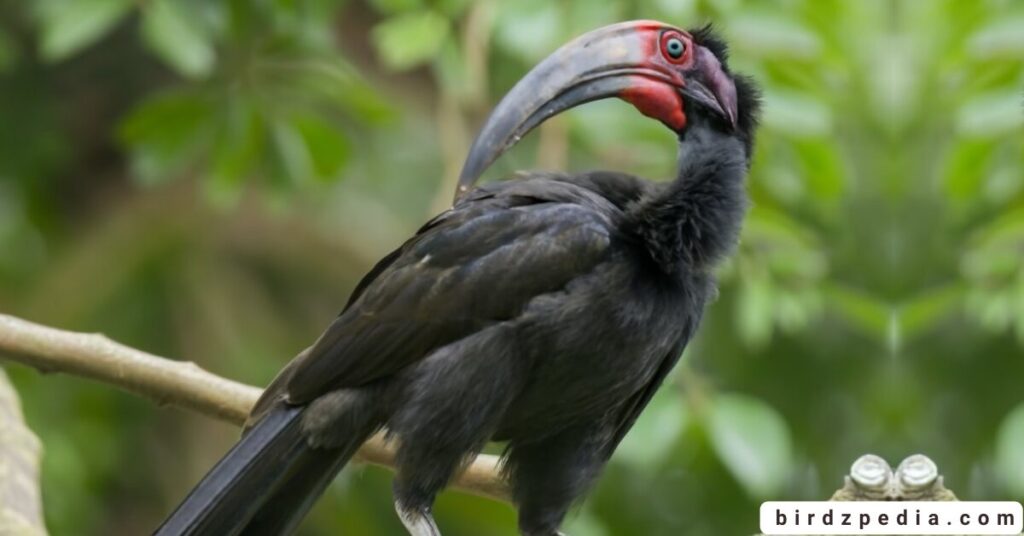
Conservation
| Conservation Status | Geographic Listings | Conservation Challenges |
|---|---|---|
| Global | Vulnerable | Slow reproductive rates contribute to the endangered classification globally. |
| South Africa | Endangered | Habitat loss, agriculture, deforestation, power lines, poisoning, and persecution are major threats. |
| Lesotho, Namibia, Swaziland | Endangered | Conservation interventions needed in these countries, along with Kenya, Tanzania, Malawi, Zambia, Zimbabwe, and Mozambique. |
| Conservation Challenges | Habitat loss, agriculture, deforestation, power lines, poisoning, and persecution impact populations. Hunting, especially opportunistic, contributes, though not a key driver. Persecution also occurs due to property damage. | |
| Cultural Beliefs | Influence Conservation Efforts | Ndebele cultural beliefs benefit preservation, but traditional practices and medicines pose risks. |
| Traditional Uses | Used in Medicines, Cultural Practices | Cultural uses, including traditional medicines, exist but may not significantly impact populations. |
| Habitat Threats | Loss of Trees, General Habitat Loss | Requirement for vast territories makes them highly vulnerable to habitat loss. |
| Breeding Strategies | Clutches of 1-3 Eggs, Only 1 Raised | Conservation efforts involve raising additional eggs in captivity for potential reintroduction. |
| Rehabilitation Projects | Mabula Ground Hornbill Project | Hand-rearing extra chicks with the goal of reintroduction, though challenging. |
In culture
Due to its large size and powerful voice, they are highly valued in traditional African civilizations, influencing a wide range of beliefs during its long history. But given Africa’s modernization trends,
it’s unclear if these cultural links will last. Questions concerning the durability of these cultural beliefs and their ongoing relevance in the changing cultural landscape are raised by the dynamic shift towards modern lifestyles.
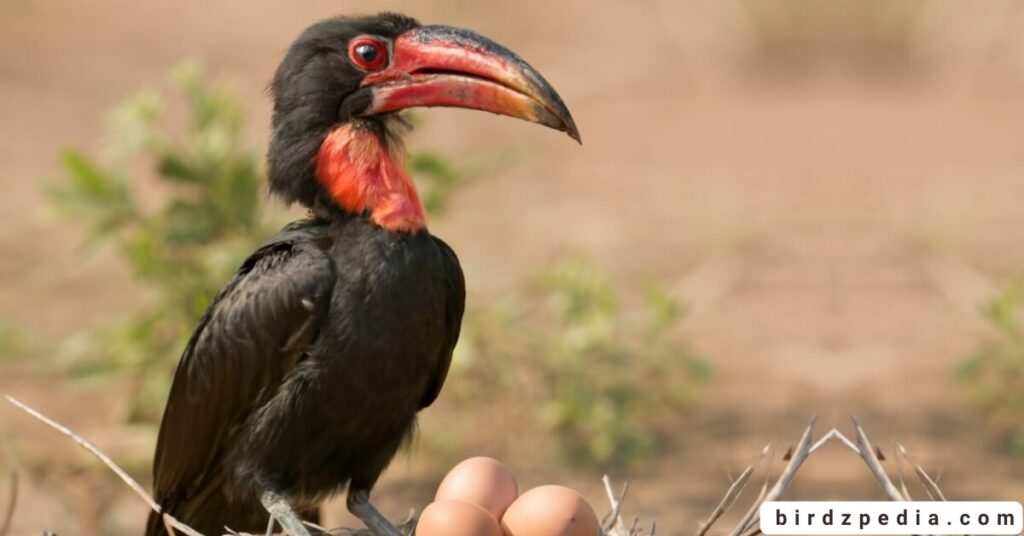
Connections to Death
- Bucorvus leadbeateri associated with death and unluckiness in various cultures.
- Widely viewed as a sign of death, destruction, loss, and deprivation.
- Prevalent beliefs in South Africa, Zimbabwe, Malawi, and other countries.
- Residents in Burundi, Kenya, Tanzania, Zambia, and Mozambique link the bird to evil and death.
- Tanzanians associate it with angry spirits, while some Zimbabweans believe it brings misfortune.
- Reactions vary from avoidance to killing due to these beliefs.
- Taveta people believe killing a southern ground hornbill brings fatal illness.
- Ndebele consider killing taboo, believed to bring death upon the killer.
- Ndebele also associate the bird’s presence with potential death for an elderly person.
- AmaXhosa people have a taboo against killing, viewing them as messengers of death sent by a witch-doctor.
with weather connection ?
- Bucorvus leadbeateri associated with rain, drought, lightning, and weather forecasts.
- Ndebele and coastal Tanzanians believe early morning calls signal rain; AmaXhosa sees it as a rain-bringer.
- Attributed with protecting against weather issues through diverse traditional rituals.
- Rituals vary, involving different bird parts, dancing, and singing, seen in South Africa and Mozambique.
- Used as a timekeeper, marking seasonal and daily changes in Malawi, Kenya, Tanzania, and South Africa.
- Some rely on it for weather predictions, with climate change blamed for disrupted patterns.
How connected with modified perceptions?
- They associated with altering human perceptions and abilities.
- Through traditional rituals, it can improve or change a person’s reality, create illusions, and expand awareness.
- In Zimbabwe, Malawi, and South Africa, it’s believed to enhance skills in finding food, creatures, and enemies.
- Used to alter one’s perception of oneself, utilized in rituals to provide authority for leaders in certain cultures.
- Other cultural uses include ridding of bad or evil spirits, taking revenge, empowering individuals, and turning dreams into reality.
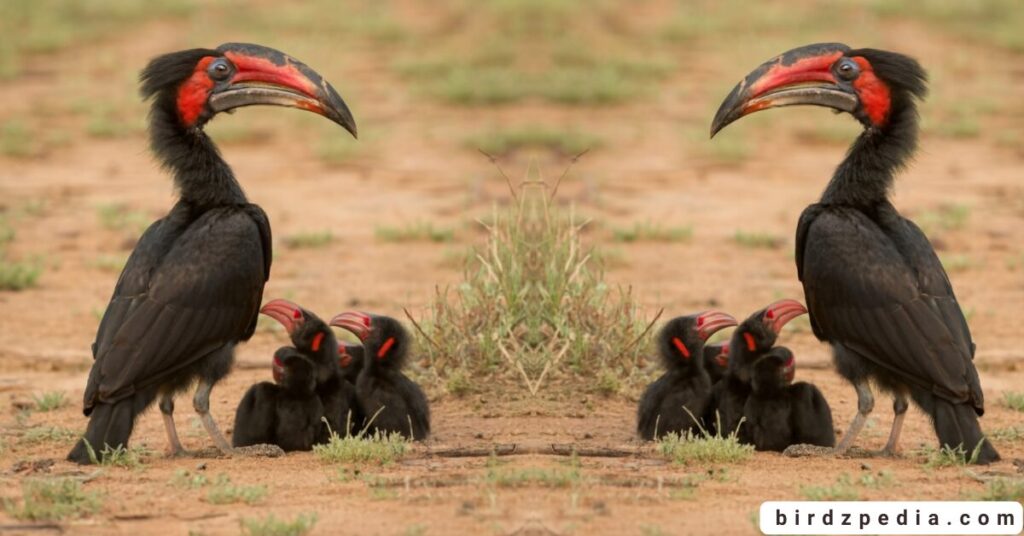
Lifespan
The longevity of Bucorvus leadbeateri in the wild is unknown. They have been estimated to survive for about 70 years in captivity, though. (Dunning, 2008)
Communication
The vocalization of Bucorvus leadbeateri is rare. The breeding season is when vocalization usually happens, and it aids in choosing a mate. They produce what are frequently referred to as booming noises during this time. By swelled (filled with air) and
then released, their air sacs produce this sound. In addition, they have a very low booming sound that they use to communicate with other members of their family—a family unit that can consist of eight or more hornbills.
Common Names in Different Languages
| Language | Common Name |
|---|---|
| English | Southern Ground Hornbill |
| Afrikaans | Suider-bromvoël |
| Zulu | iNkosi yeZulu (King of the Sky) |
| Xhosa | iNhloko (The Head) |
| Swazi | Ingonyama (The Lion) |
| Tswana | Sedibelo |
| Sotho | Sedibelo |
| Venda | Tshikororo |
| Tsonga | Hlamalani |
| Shona | Ngorombe |
| Chewa | Ngorombe |
| Urdu | دکھتری جنوبی ہارنبل (Dakhtri Janubi Hornbill) |
| Hindi | दक्षिणी ग्राउंड हॉर्नबिल (Dakshini Ground Hornbill) |
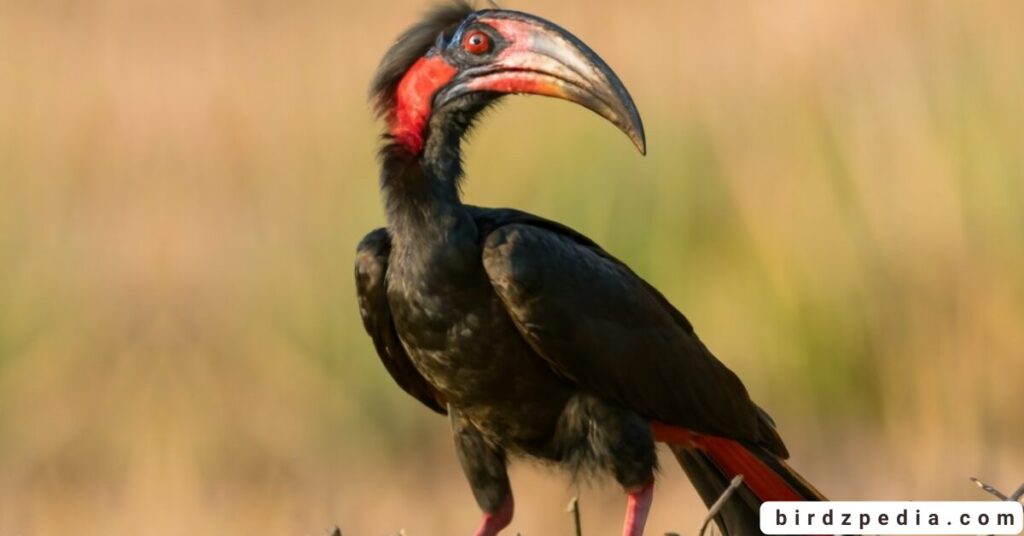
FAQs
- What is the Southern Ground Hornbill?
- The Ground in the South The hornbill, or Bucorvus leadbeateri, is a huge bird with a peculiar look and habit that is native to southern Africa.
- Where are Bucorvus leadbeateri Found?
- South Africa, Zimbabwe, Namibia, Mozambique, and other southern African nations are among those where they can be found.
- What is their Diet?
- They mostly eat carnivorous foods, such as insects, small vertebrates, and other ground-based animals.
- How Long Do Southern Ground Hornbills Live?
- These birds have lengthy lifespans—50–60 years in the wild, and up to 70 years in captivity.
- When Do they Reach Sexual Maturity?
- Around the age of ten, they start to reproduce after reaching sexual maturity at four or six years old.
- How Can You Identify the Sex of a Bucorvus leadbeateri?
- A visual signal for sex identification is that the females have a deep violet-blue throat, while the males have a pure red throat.
- Why are Bucorvus leadbeateri Culturally Important?
- They are considered as one of the “Big Six” bird species in terms of conservation awareness and have cultural significance in southern Africa.
- What Threats Do they Face?
- Threats to their population include habitat damage, cultural beliefs, and persecution. They are classified as “Endangered” in some areas and “Vulnerable” worldwide.
- How are they Associated with Weather?
- They are connected to seasonal shifts and weather forecasts in many cultures. They are also said to have the power to affect rain and drought through customs.
- Are Bucorvus leadbeateriEndangered?
- Yes, due to population loss and multiple threats, the Bucorvus leadbeateri is classed as ‘Endangered’ in Namibia, Eswatini, South Africa, and Lesotho and as ‘Vulnerable’ globally.

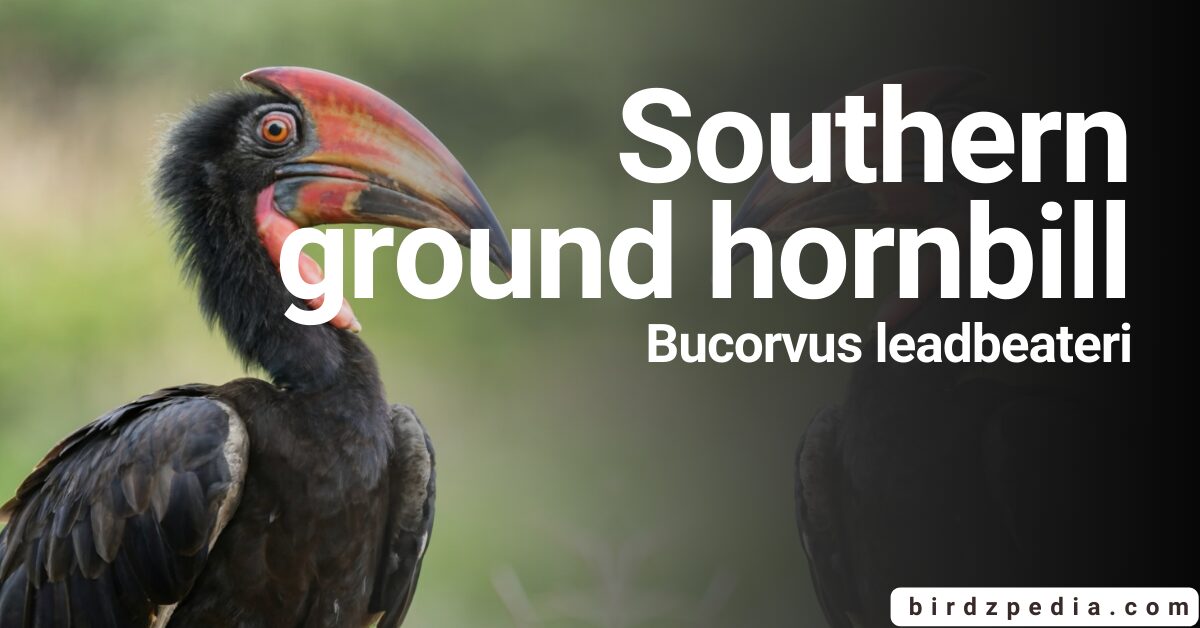
![Northern bald ibis: [Geronticus eremita] Discovering Nature’s Secrets](https://birdzpedia.com/wp-content/uploads/2024/01/Northern-Frigatebird-768x402.png)
![Great Hornbill [Buceros bicornis]: Discovering its World](https://birdzpedia.com/wp-content/uploads/2023/12/Great-Hornbill-768x402.png)
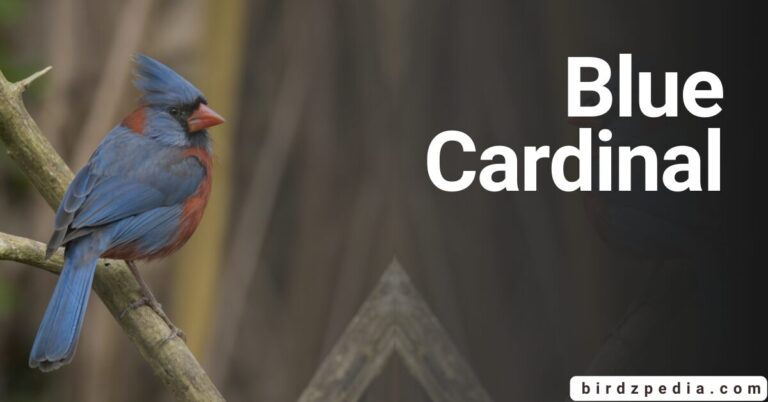
![American Crow [Corvus brachyrhynchos] Habitat, Diet, Sound, More](https://birdzpedia.com/wp-content/uploads/2023/12/American-Crow-768x402.png)
![Rhinoceros Hornbill [Buceros rhinoceros] Habitat, Diet, Characteristics,](https://birdzpedia.com/wp-content/uploads/2024/01/Rhinoceros-Cormorant-768x402.png)
